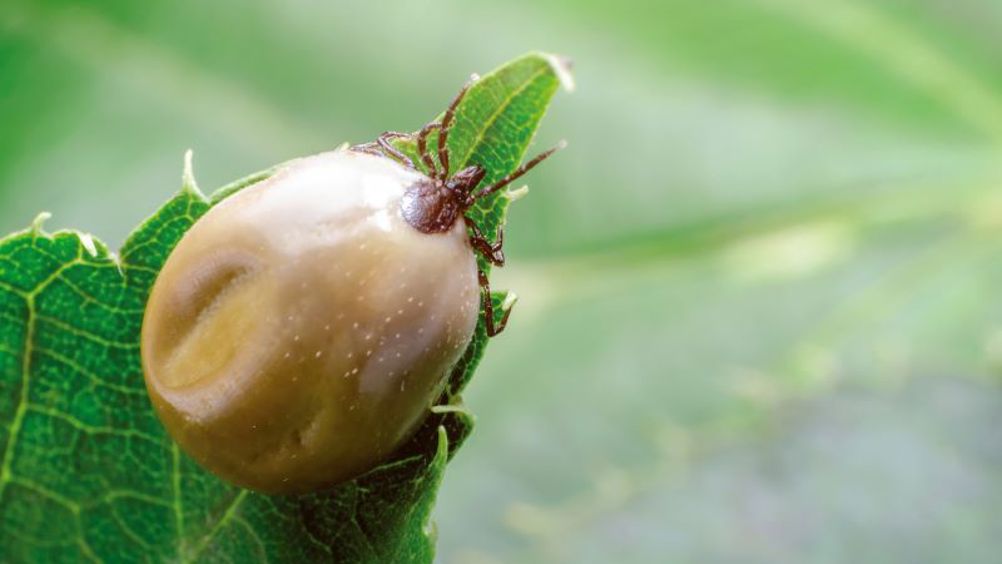References
Is it time to re-evaluate anti-parasitic use in companion animals?

Abstract
Anti-parasitics are very frequently used in companion animals for both prevention and treatment of parasites. When compared with practices related to parasite control in farmed animals, strategic, risk-based use of anti-parasitics in pet dogs and cats instead of precautionary and calendar-based treatment, is not a mainstream approach. Evidence of growing drug resistance in parasites of these hosts and a realisation of the potential adverse environmental consequences of anti-parasitics used in pets provide reasons to re-evaluate the use of anti-parasitics in companion animals. In order to achieve this, consultation and dialogue with industry stakeholders, as well as animal owners, is required.
Anti-parasitics for companion dogs and cats are routinely used for prevention as well as treatment of parasites, and there has been a rapid evolution in the ease of use and choice available to prescribers and pet owners in this regard (Zajac, 1993; Epe, 2009; Becskei et al, 2020). While specific recommendations for preventive use vary from one geographical region to another (for example, depending on the occurrence of highly pathogenic parasites such as Dirofilaria immitis), veterinarians generally recommend at least some prophylactic use of anti-parasitics. Until relatively recently, the need for restraint in use of companion animal parasitics, in view of concerns over development of resistance in parasite populations and eco-toxicity, has not been widely discussed. This is in contrast to attitudes on use of anti-parasitics in farmed animals. However, there is now evidence to suggest that a renewed consideration of the strategic use of anti-parasitics in pets is warranted, in order to provide optimum protection against parasite-mediated pathogenic effects, while preventing both development of resistance and environmental damage.
Register now to continue reading
Thank you for visiting UK-VET Companion Animal and reading some of our peer-reviewed content for veterinary professionals. To continue reading this article, please register today.

